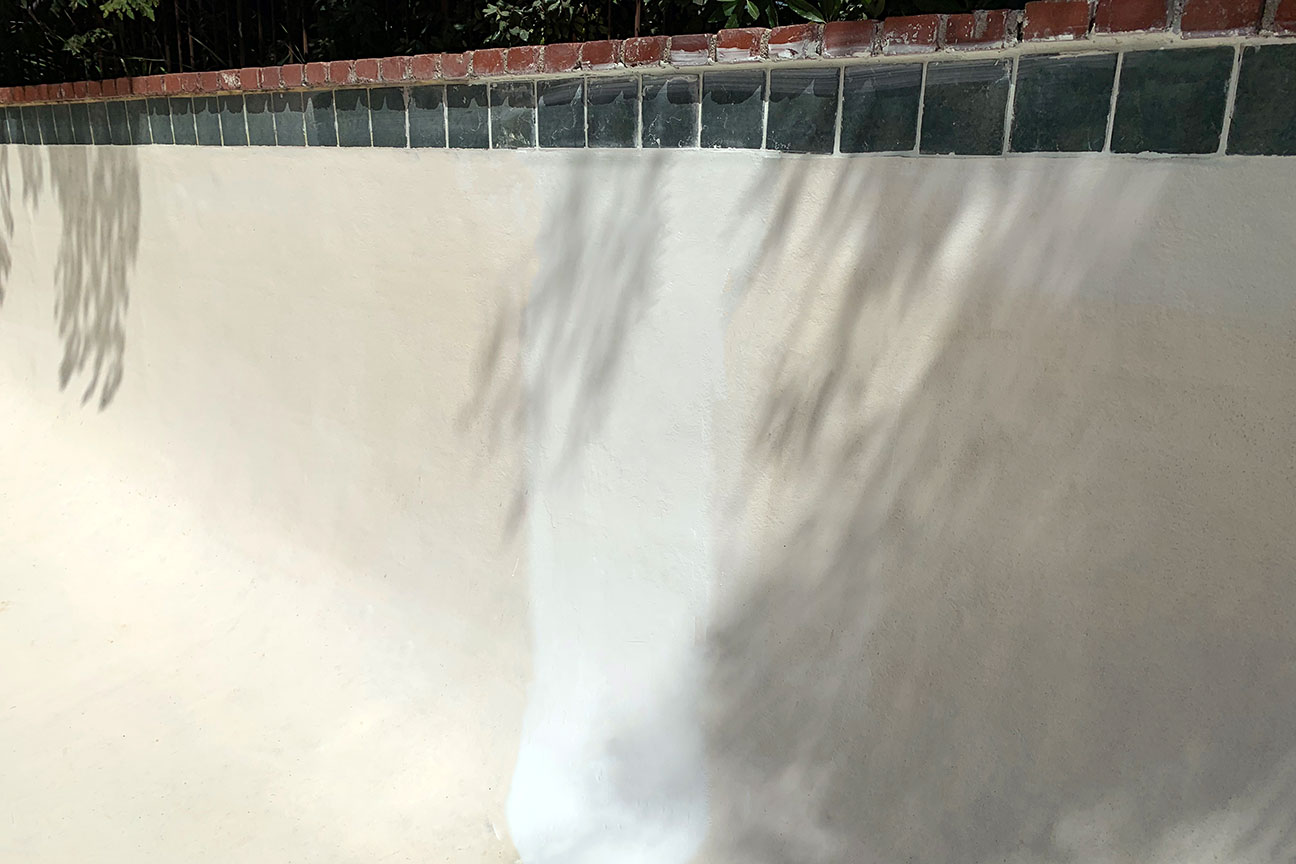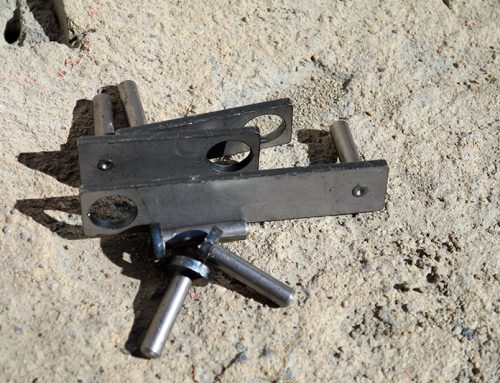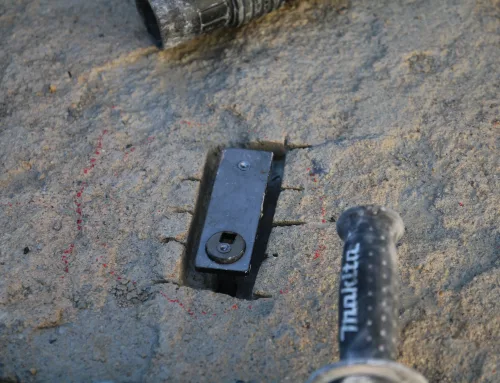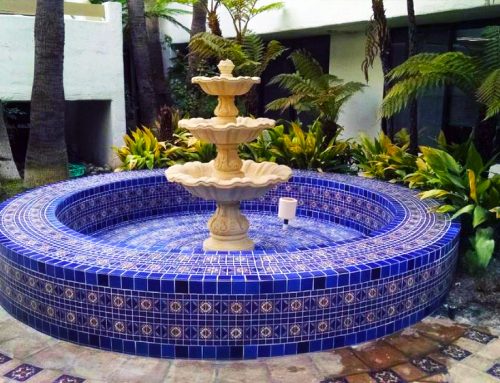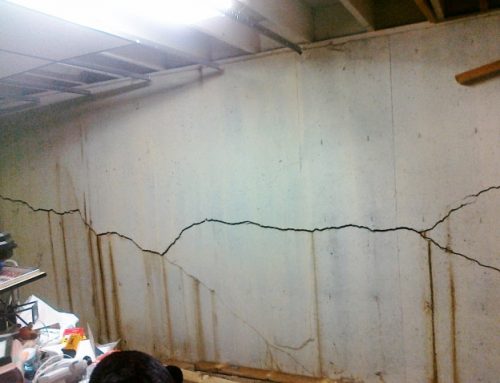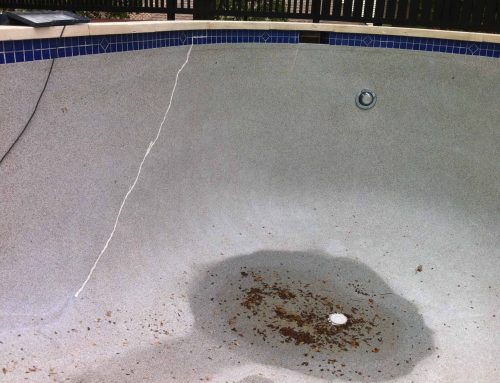When we talk to the contractors who use Torque Lock Staples, time and time again they tell us that the majority of installations they perform are done to fix previous repair work. Statistically, contractors using re-bar and epoxy are just not getting the job done right for their customers.
When a pool cracks, there is a separation that has the potential to keep cracking. Whatever the de-stabilization that caused the crack, trying to apply epoxy to fill it and stop water loss isn’t stopping it’s potential to shift and continue to crack. Epoxy does not penetrate cracks in pool shells. When it hardens and the crack moves, the epoxy loses it’s adhesion to the surface and the crack just leaks again. This accounts for a lot of the repair work Torque Lock Contractors repair daily.
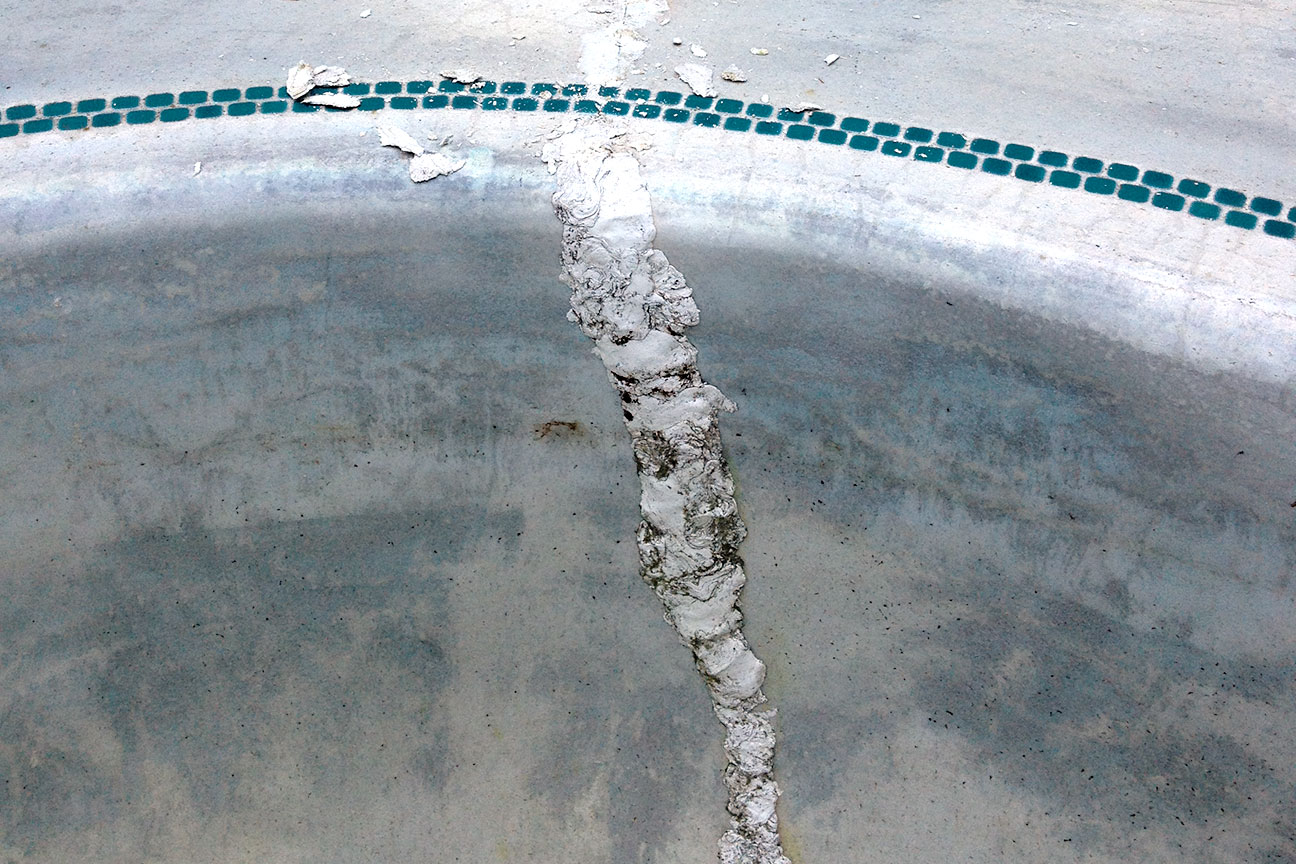
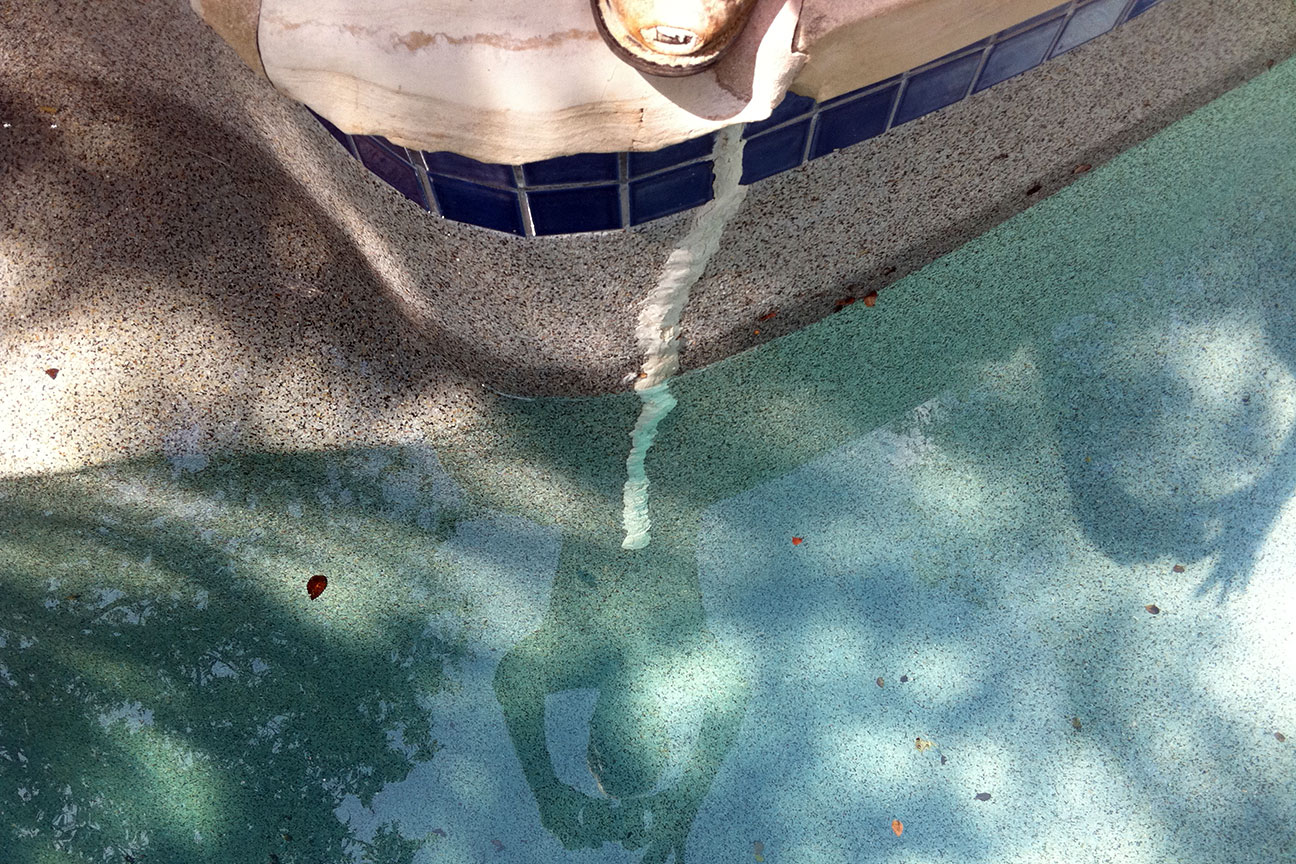
When installing Torque Lock Staples, the process begins with discovering the severity of the crack. We use a method called “misting and mapping.” When the pool is empty, the dry surface gets a light mist of water across the surface where the crack has occurred. The crack grabs and retains the moisture from the water and reveals itself as the moisture around it begins to dry. Often, we see that a crack actually runs inches beyond the area where it shows on the surface. This method allows us to see just how far the span of the crack is, and we know where we have to work to repair it completely.
Unlike re-bar, which does often get set in over the area of a crack but provides no resistance to movement, Torque Lock Structural Staples do more than just lay over the cracked area. Torque Lock Staples apply a controlled compression to either side of the crack. What this offers is an added measure of force to keep the crack from spreading further. Installed properly, in 12 inch intervals, the compression applied can total as much as 5000 lbs of resistance to stop any further cracking. If dirt shifts, or the earth moves, there is literally no potential that the two separated edges of concrete can continue to pull apart. This keeps the crack from widening or lengthening and stops the potential that further leaking will occur.
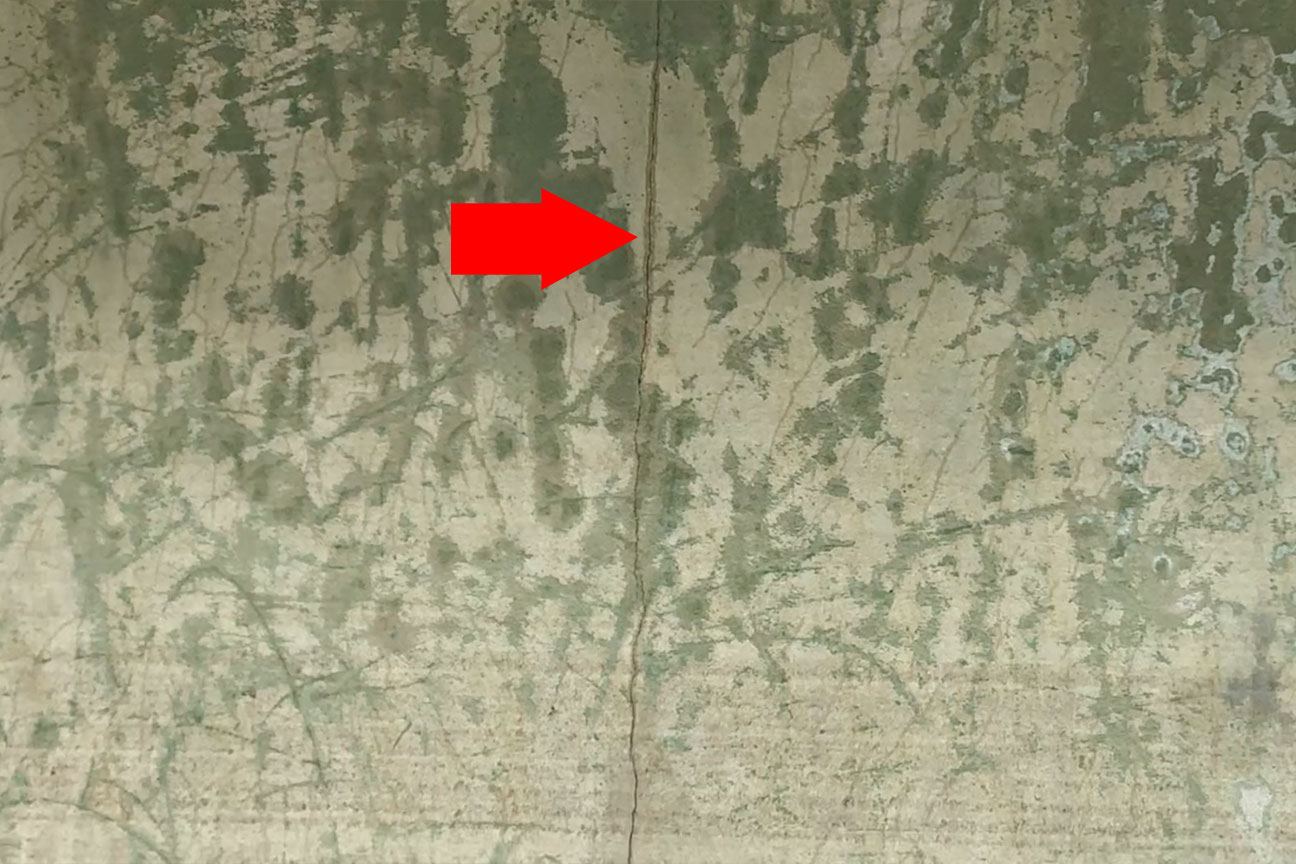
Misting and Mapping Reveals Structural Cracks
We drill a pilot hole at the top and bottom of a crack. This is scientifically proven to stop the crack from extending beyond the point of the pilot hole. This is the beginning of stabilizing the area that needs repair. To ensure that we have complete coverage, and to make repair work even when the surface is re-applied, we cut a wide channel into the concrete. The depth of the channel is minimal, less than an inch. We chip out the area to give clear access to the structural crack and to allow for a clean installation. Once cleaned and rinsed out, we can mark the areas where the Torque Lock Staples will be installed.
Using the templates provided in the Staple Kits, we mark the precise areas of installation and drill the holes where the Staples will sit. At 12 inch intervals, we install the Staples in a pattern that offers the most strength along either side of the crack and torque them down to the appropriate setting for the type of material we are working to secure.
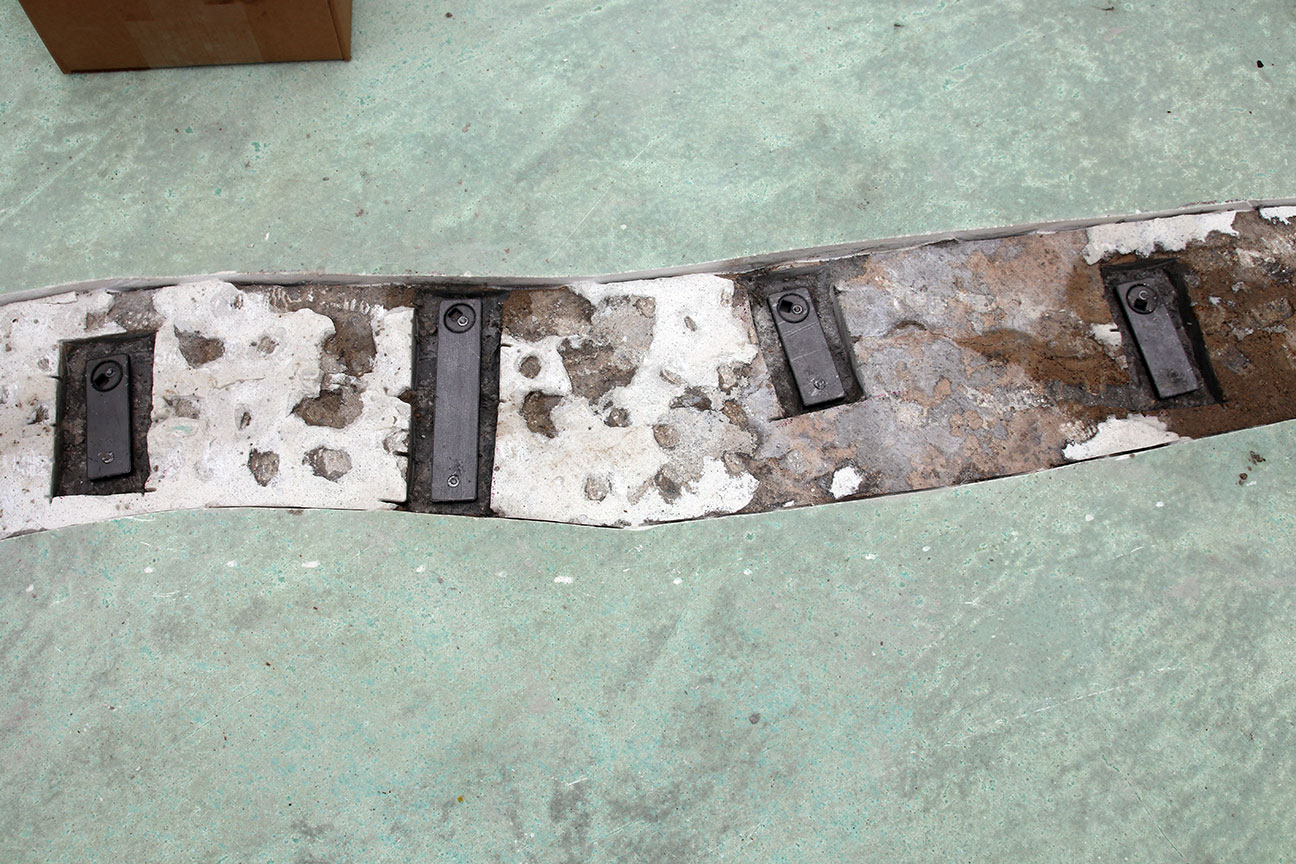
After installation, we cover the repaired area with a spec mic, or hydraulic cement. This fills the area of the offending crack and re-builds the concrete into a solid, leak free form. We coat the area with a second barrier of defense against leaks; we use a membrane product that water-seals the repaired area.
To match the surface of the pool, there are multiple options to apply, depending on the material the surface of the pool is covered with. This may be Pebble-Tec, fiberglass or Gunite; but the surface is made smooth to match the surrounding area – when color matching is required, we use professional measures to get it as close as possible to the original surface design.
When the pool surface is dry, and the pool is refilled, the former structural crack is permanently repaired. It will not spread and leaking will not occur. This is the proper way to fix a structural crack, and as our contractors have shared with us, it’s the job they do most often. Removing old epoxy cover-ups that do little more than just sit over a crack and installing the secure relief homeowners need when paying to have structural cracks properly repaired.
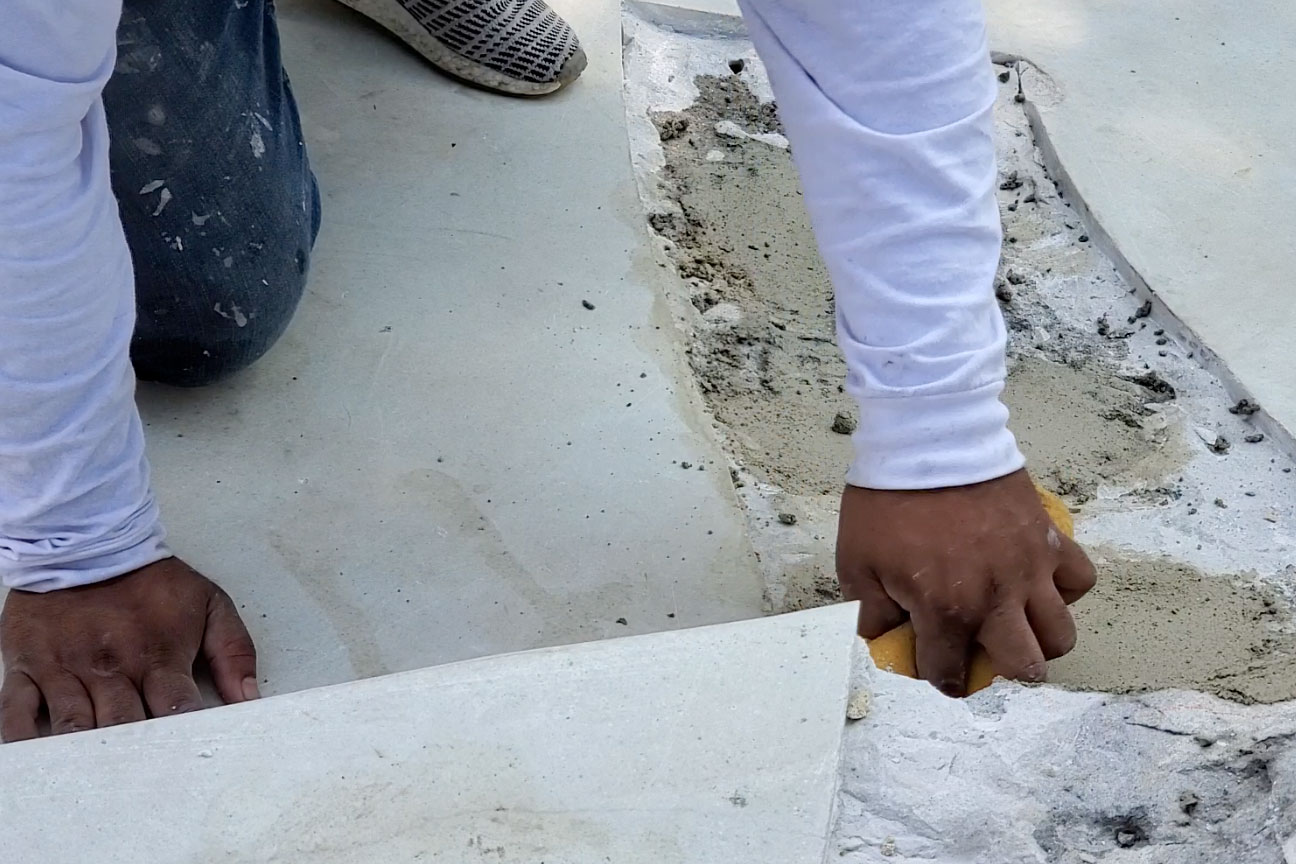
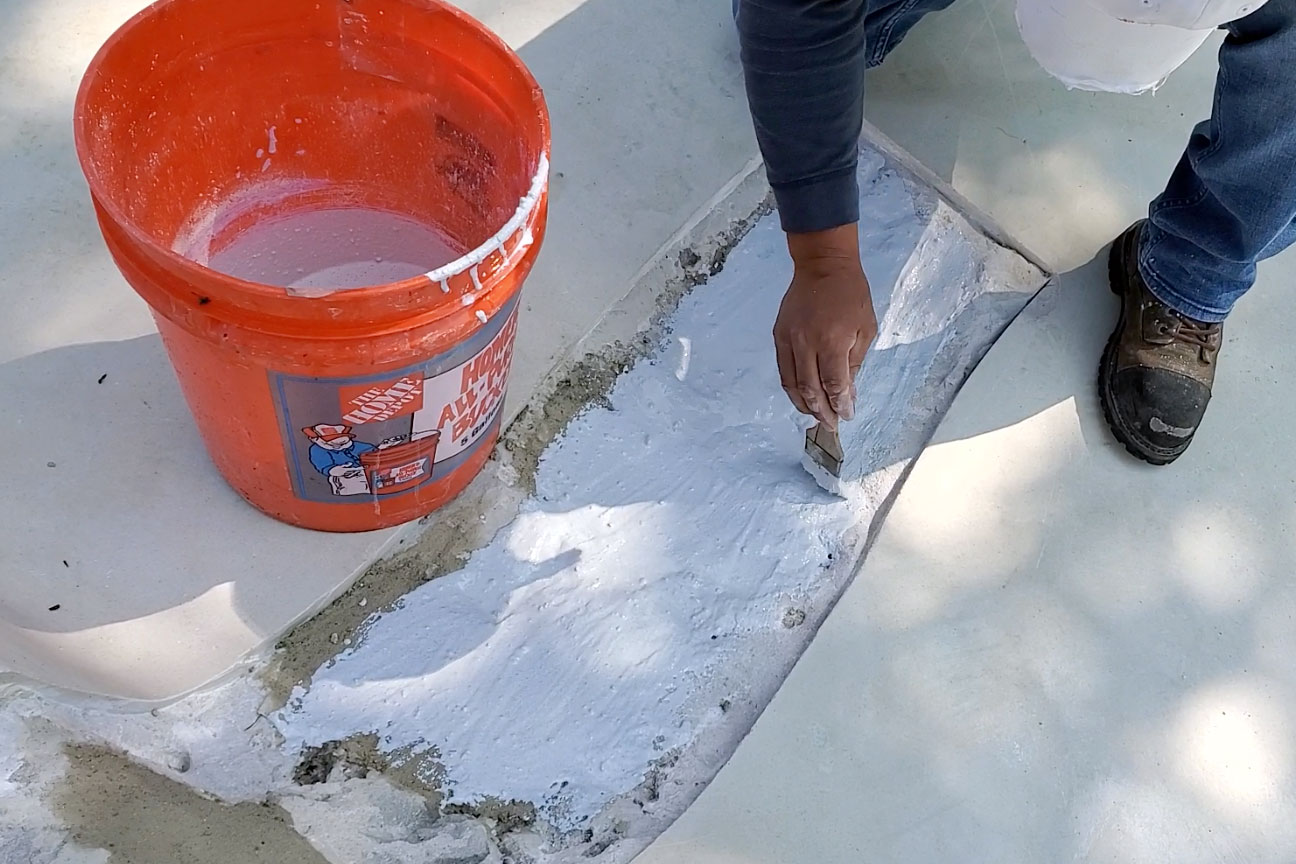
Any contractor, using basic tools available at any hardware store, can install Torque Lock Structural Staples and end cracks and leaking in a swimming pool. Online at https://torque-lock.com or at the official Torque Lock YouTube Channel, viewers can see multiple jobs where Torque Lock Staples have been properly installed, with explicit instruction on how the job was completed.
Of course, for any questions, or to place orders for Torque Lock Staple Kits, call 818-436-2953 or visit the website for direct to door, same day shipping.
